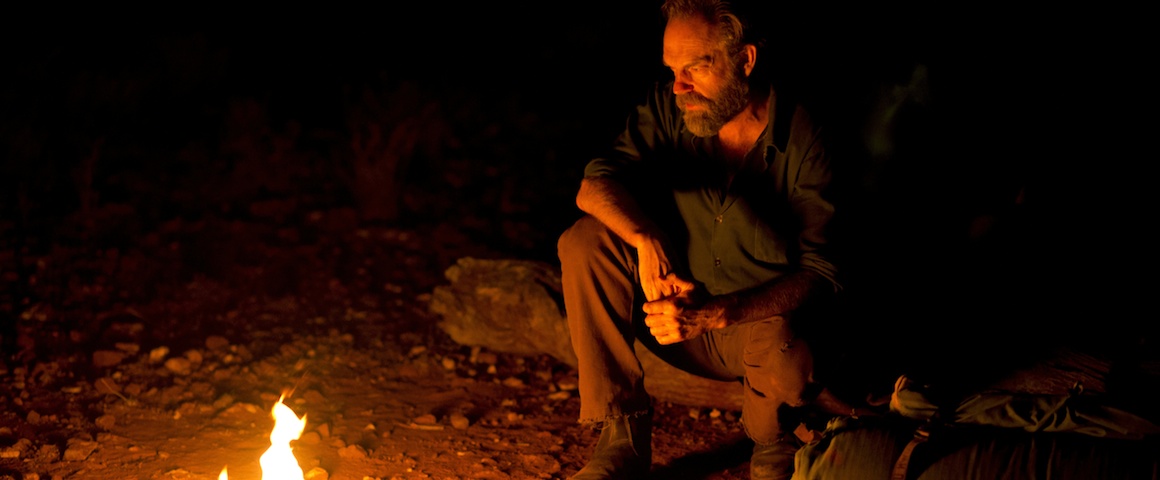
 I went into The Turning in the dark and in some ways I wish I hadn’t and in others I’m glad I did. I’ll see if I can explain.
I went into The Turning in the dark and in some ways I wish I hadn’t and in others I’m glad I did. I’ll see if I can explain.
The film is a collection of related shorts, each based on a single story from Tim Winton’s acclaimed collection of the same name. That much I knew. As story after story rolled through, each produced by a different Australian creative team, each taking a unique and original approach to storytelling, I started to see connections between them. Many of these connections were visual – the recurrence of rusty abandoned cars, people living in caravans. Some were geographic – a Western Australian mining community surrounded on one side by red dirt and on the other by the ocean. Damaged, corroded and corrupted masculinity. Redheads. The name “Vic”.
Afterwards I read a copy of the glossy souvenir booklet that viewers get to take away with them when they buy a ticket for this “special cinematic event” and those connections became clearer. In Winton’s book all of the stories inter-connect – characters re-occur (often at different stages of their lives) and events we see in one story might be referred to obliquely in another.
One approach to the material might have been to transform it into a single narrative feature, with a rich cast of characters and a conventional beginning, middle and end. Instead producer Robert Connolly has created something bolder, more challenging and ultimately more moving – reflecting the shifting currents of memory and the emotional baggage that gets tossed around on them.
Most of the films also end abruptly, slightly before you might normally expect them to and this is a technique that should be encouraged in most things – you don’t have to go all the way to the end to get to the point.
 Twenty Feet from Stardom is the most satisfying music documentary of the last five years, maybe even longer, and that is really saying something. It is the story of pop’s backing singers, the girls (and they are almost always girls) who stand at the back of the stage doing the doo-wahs etc., the response part of the “call and response” that made rock and soul music sound the way it did.
Twenty Feet from Stardom is the most satisfying music documentary of the last five years, maybe even longer, and that is really saying something. It is the story of pop’s backing singers, the girls (and they are almost always girls) who stand at the back of the stage doing the doo-wahs etc., the response part of the “call and response” that made rock and soul music sound the way it did.
These were phenomenal artists in their own right – Darlene Love who was given a new name by Phil Spector before he stole her career right out from under her, Merry Clayton who got a middle-of-the-night phone call from the Rolling Stones and turned up in her curlers to belt out the spine-chilling vocal on Gimme Shelter and the amazing Lisa Fischer who won a Grammy as a solo artist in 1991 but is now content to provide her extraordinary talent to the Stones, Sting and Nine Inch Nails.
These women are forthright, wise and insightful – no surprise since they watching the whole scene unfold around them. You’ll see nothing better this month.
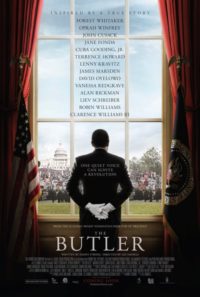 Twenty Feet makes a great companion piece to The Butler, a stagy but sincere history of post-war Black America from the point of view of a White House servant (played by Forest Whitaker). It works as a pointed reminder that it has been a very short time since the Civil Rights battles of the 1960s and that the election of a black president in 2008 was only another stage in the fight for freedom and equivalence that has been ongoing since the Civil War. It works less well as pure drama, despite a marvellous performance by Oprah Winfrey as Whitaker’s long-suffering wife – where has she been since The Color Purple? Oh, right. I remember.
Twenty Feet makes a great companion piece to The Butler, a stagy but sincere history of post-war Black America from the point of view of a White House servant (played by Forest Whitaker). It works as a pointed reminder that it has been a very short time since the Civil Rights battles of the 1960s and that the election of a black president in 2008 was only another stage in the fight for freedom and equivalence that has been ongoing since the Civil War. It works less well as pure drama, despite a marvellous performance by Oprah Winfrey as Whitaker’s long-suffering wife – where has she been since The Color Purple? Oh, right. I remember.
Printed in the November issue of Wellington’s FishHead magazine.

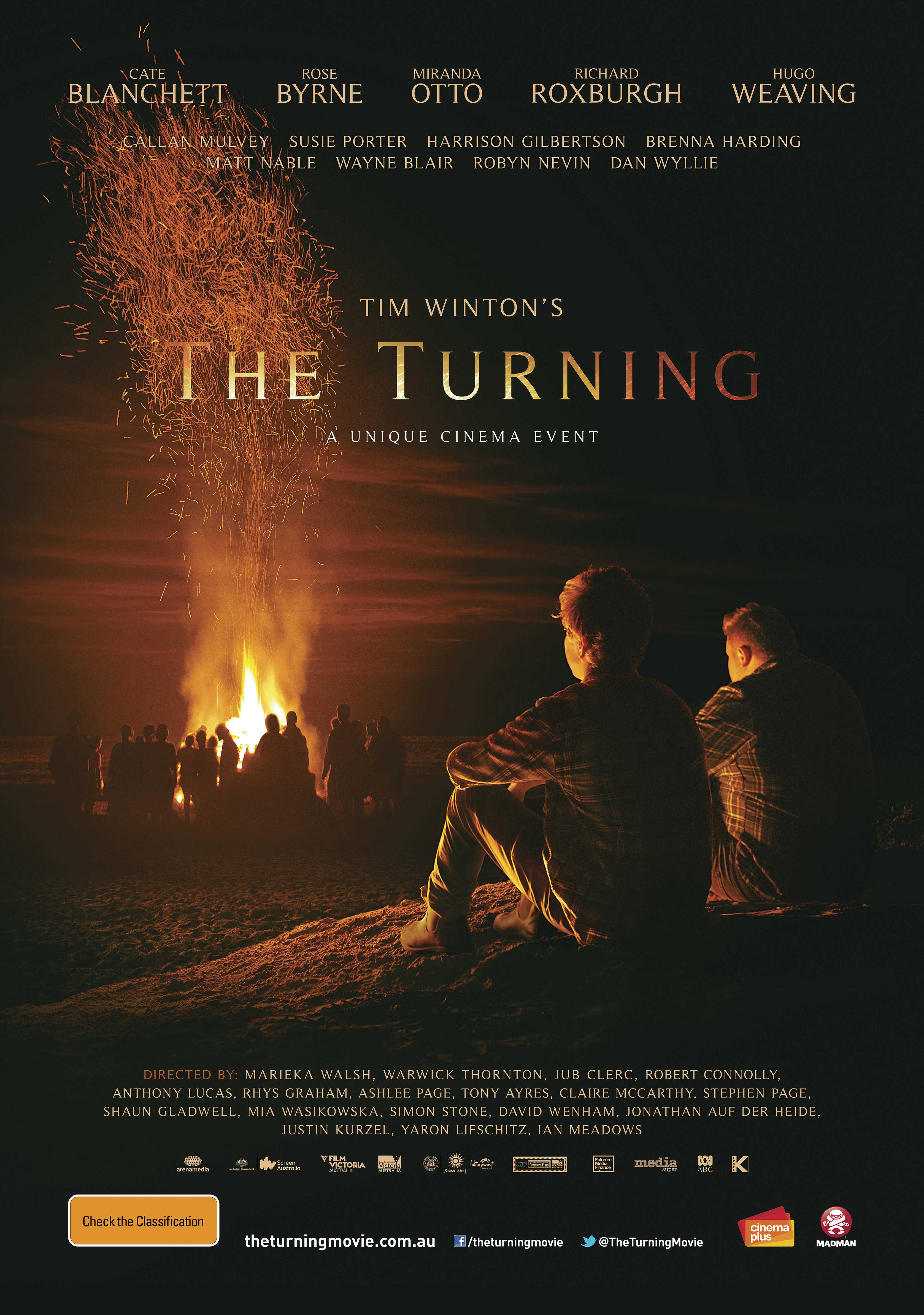

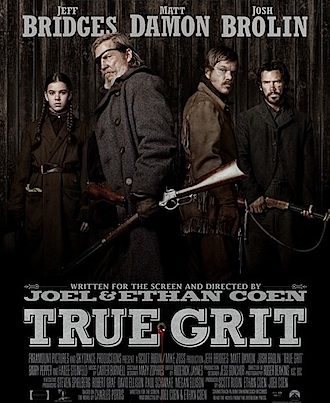
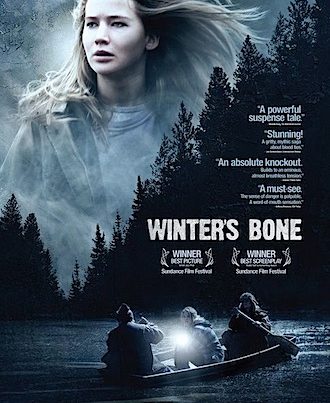
I really enjoyed 20 Feet From Stardom. Thank you for the link to Merry Clayton’s vocals in Gimme Shelter, what an amazing performance!
Thanks so much. Merry Xmas.